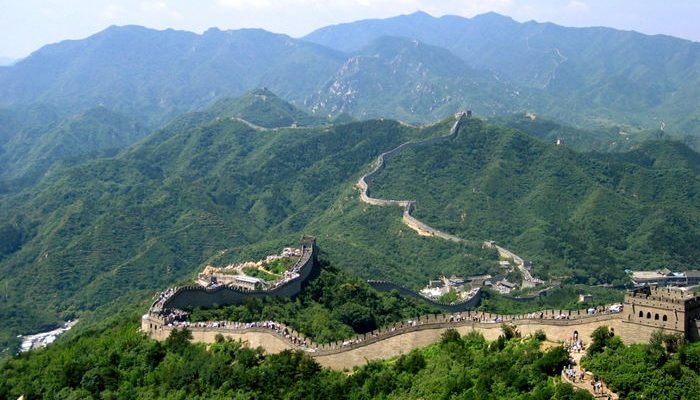In the vast expanse of China’s landscape, there’s one monument that stands as a testament to the country’s ingenuity and resilience – the Great Wall of China. This formidable structure, winding like a serpentine dragon across mountains and valleys, is a beacon of China’s rich and complex history. As one of the Seven Wonders of the World, the Great Wall holds a myriad of stories and details about the Great Wall of China that are as riveting as they are enlightening.
The Great Wall’s construction spans several centuries, reflecting the might of numerous Chinese dynasties. Commissioned first by Emperor Qin Shi Huang in the 3rd century BC to fend off northern invasions, the Wall grew and evolved over millennia. Successive emperors, from the Han to the Ming Dynasty, expanded and fortified it, with the wall’s total length reaching a staggering 21,196 kilometers!
It’s not just the Wall’s length that astounds, but its architectural prowess. Designed as a comprehensive defense system, the Great Wall boasted watchtowers for surveillance, fortresses for troop garrison, and beacon towers for communication. Its strategic brilliance, coupled with the sheer human endeavour it embodies, encapsulates the ingenuity of ancient Chinese civilization.
10 – The Varying Materials of the Great Wall
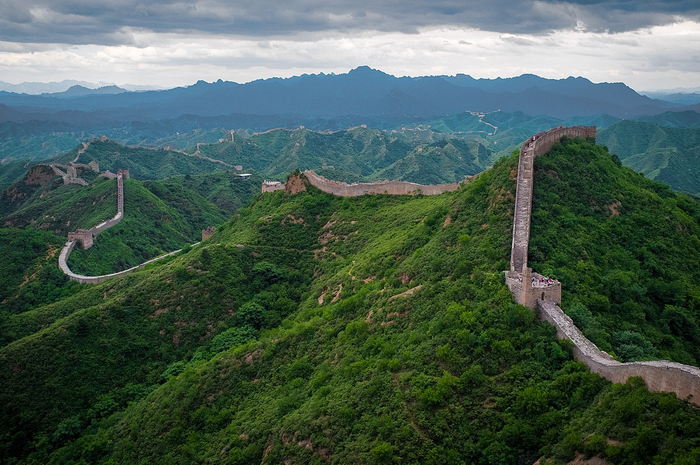
When talking about the Great Wall of China, one cannot overlook the diverse range of materials used in its construction. This gigantic human-made marvel showcases the resourcefulness of the ancient Chinese civilization. Given the length of the wall and the diverse geographies it traverses, builders had to utilize what was locally available.
In the eastern sections of the wall, bricks were primarily used, made from locally sourced loam and reed. In the arid desert regions, the construction relied on tamped earth and stones. Higher elevations used wood and other natural resources found in mountainous areas.
The central and most fortified part of the wall, made during the Ming Dynasty, utilized bricks and stones. The bricks, in particular, were well-made, lightweight, and easy to carry. While the stone blocks were used in the foundation, inner and outer brims, and gateways. The architectural marvel of the wall owes a lot to the selection of these materials that contributed to its strength and longevity.
09 – The Great Wall’s Millennial Construction Period
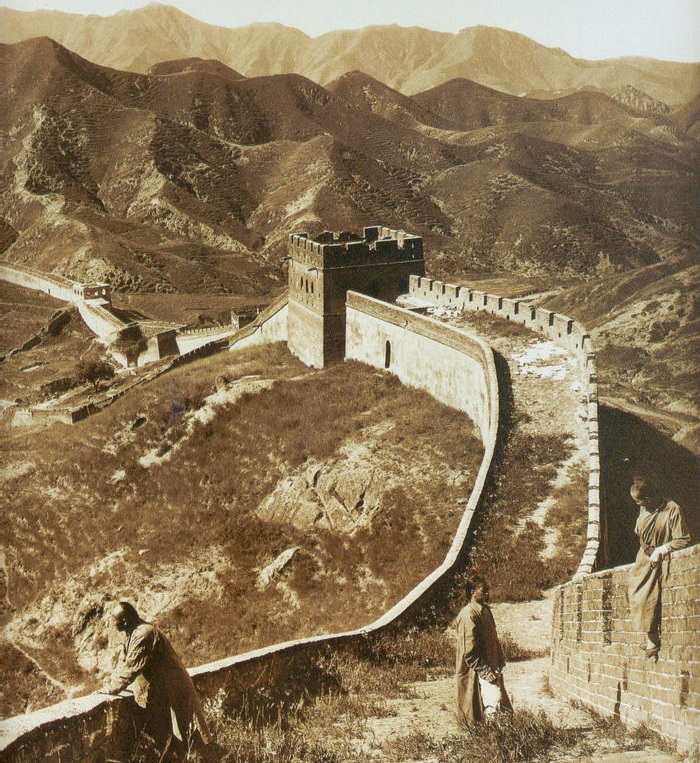
The construction of the Great Wall of China spanned across multiple Chinese dynasties over 2000 years. The wall’s initial sections began during the 3rd century BC under Emperor Qin Shi Huang to keep out invading nomadic tribes. The building continued sporadically for centuries as succeeding emperors added their contributions.
The most significant construction phase happened during the Ming Dynasty (1368-1644), with fortified walls, watchtowers, and other strategic structures added. The grandeur of the wall that we witness today is a testament to the enduring human perseverance across these dynasties.
08 – Badaling: The Crowded Star of The Show
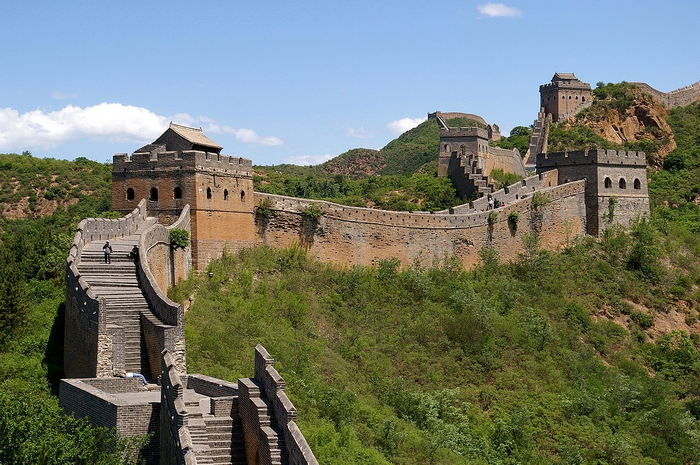
The Badaling section, situated 80 kilometers northwest of Beijing, is the most famous and frequently visited section of the Great Wall of China. Renowned for its panoramic vistas and the well-preserved Ming-era walls, Badaling attracts more than 63 million visitors annually.
This popularity, however, often leads to overcrowding, particularly during holidays when domestic visitors flock to this cultural landmark. Its easy accessibility from Beijing and the provision of amenities and services like cable cars, restaurants, and souvenir shops have added to its reputation as a tourist magnet.
It’s worth noting, though, that a visit to the wall during less crowded periods offers a serene and profound experience that takes you back in time. This is making the Great Wall of China a must-see for any avid traveller.
07 – The Great Wall: An Unwilling Donor
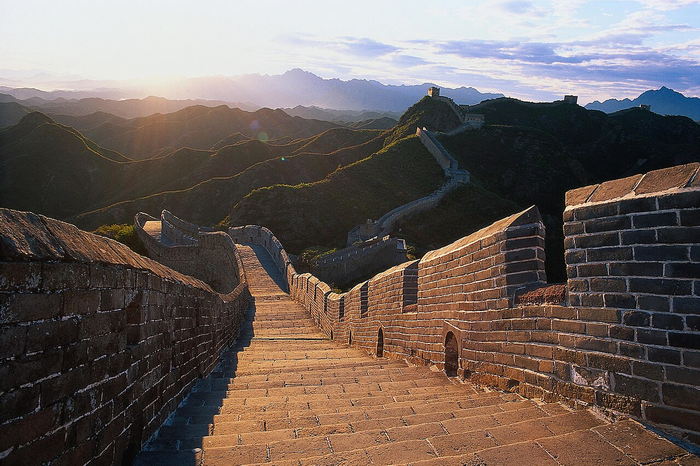
During the tumultuous period of the Cultural Revolution, the Great Wall of China played an unexpected role. Its bricks were taken to construct homes, farms, and reservoirs, representing a harsh time in China’s history. These structures stood as stark reminders of the country’s struggle for modernity, inadvertently adding a new chapter to the wall’s multifaceted tale. This act of re-purposing was a sad chapter in the Wall’s preservation, as it led to the damage and disappearance of many sections of this historical monument.
06 – Construction by the Condemned
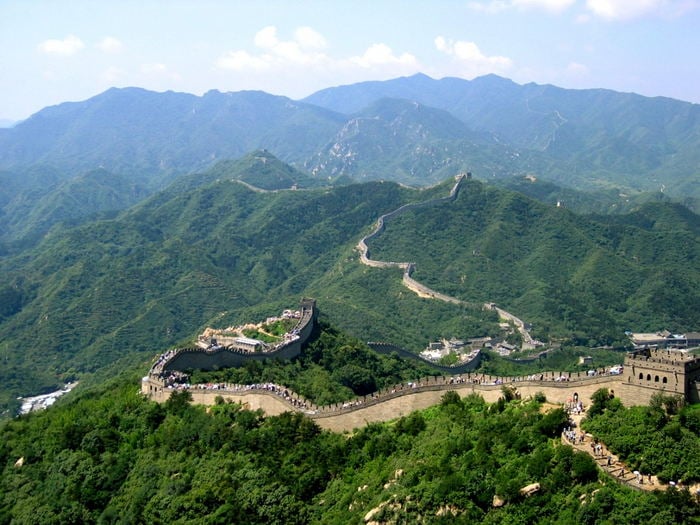
The Great Wall of China was a colossal construction project requiring an extensive workforce. Soldiers, peasants, and indeed, Chinese prisoners, contributed to its making. This inclusion of prisoners, known as ‘nucai’ or forced labor, adds a grim touch to the wall’s history.
Under harsh conditions, they worked on the construction of the wall, often paying with their lives. Today, this sobering aspect of its construction makes the Great Wall not only a symbol of Chinese strength and resilience but also a reminder of human sacrifice.
05 – Honoring Myths and History
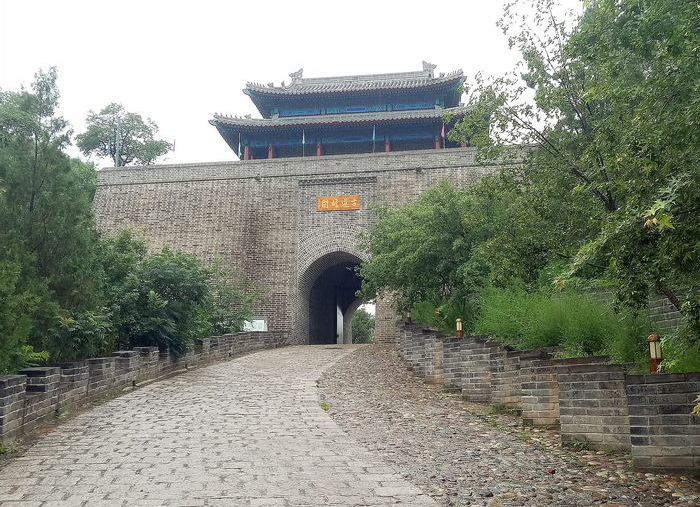
The Great Wall of China serves as a grand tribute to the country’s mythical and historical figures. Throughout the wall, one can find references and tributes to significant figures and folktales of the Chinese culture.
For instance, the tale of Meng Jiangnu, whose husband died building the wall, is one of the most popular legends associated with it. It’s said that her tears caused a section of the wall to collapse. This story and others are carved into the very fabric of the wall, making it a living, breathing embodiment of Chinese folklore and history.
The wall also commemorates numerous historical figures who played crucial roles in its construction. Emperors, generals, and soldiers alike are honored, their stories part of the rich tapestry that forms the legacy of the Great Wall. These elements, coupled with its architectural magnificence, imbue the Wall with a character that is as rich and varied as China itself.
04 – Scars of Battle: The Gubeikou Section
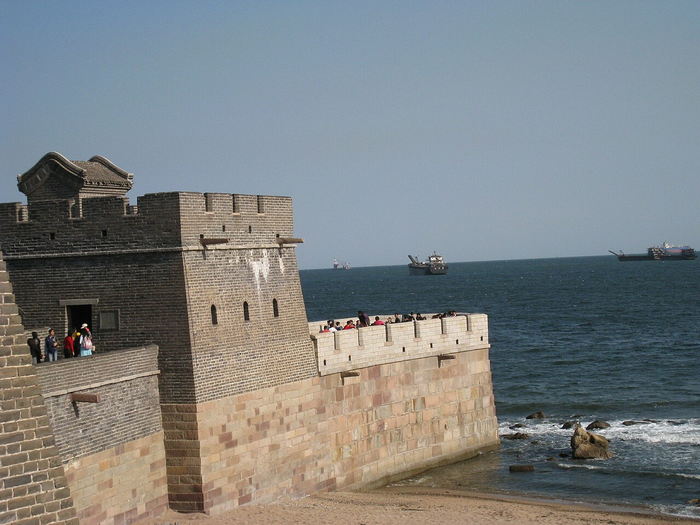
If walls could talk, the Gubeikou section of the Great Wall of China would narrate a riveting tale of the last battle fought at the Great Wall. This battle-scarred section features actual bullet holes, making it a captivating testament to the wall’s military history. These marks serve as a stark reminder of the conflicts that the wall has witnessed over the centuries, making the Gubeikou section a living war memorial.
03 – The Power of Glutinous Rice Mortar
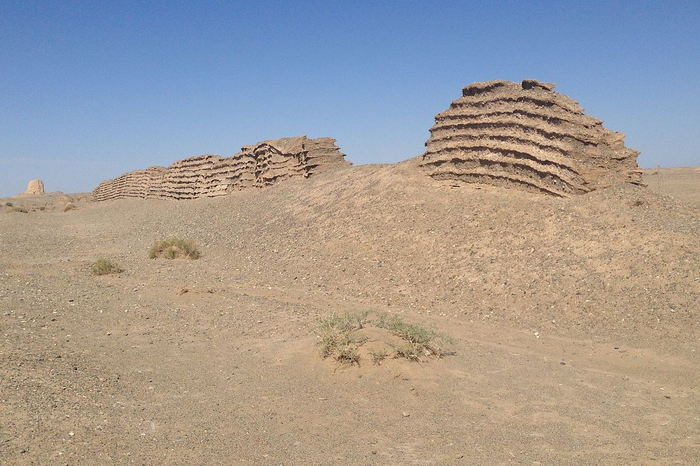
One of the reasons the Great Wall of China stands firm after centuries is its unique construction material – glutinous rice mortar. The sticky rice soup was mixed with slaked lime to create a mortar that bound the bricks. Surprisingly, this adhesive turned out to be stronger than ordinary lime mortar and displayed excellent water resistance. This ancient construction secret has played a significant role in the wall’s endurance, adding to its reputation as a marvel of human engineering.
02 – A Protective Poison: Arsenic
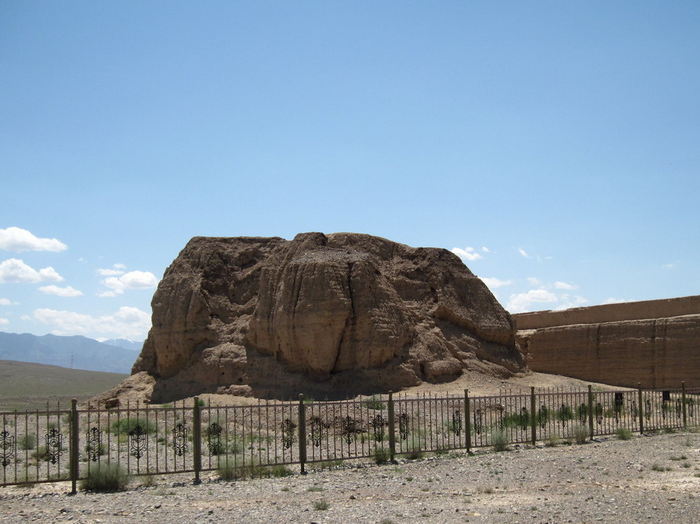
A wall of this magnitude faced a multitude of threats – not just from invading armies, but also from natural elements and insects. To counter the latter, an unexpected ingredient was employed – arsenic. Known as “the poison of kings,” arsenic was used to deter insects, such as ants, preventing them from eroding the wall. While arsenic’s use is alarming from a modern perspective, it’s yet another illustration of the remarkable strategies employed in preserving the integrity of the Great Wall of China. It’s fascinating to see how even deadly substances served a purpose in ensuring the wall’s longevity.
01 – A Vanishing Heritage: The Great Wall’s Disappearing Act
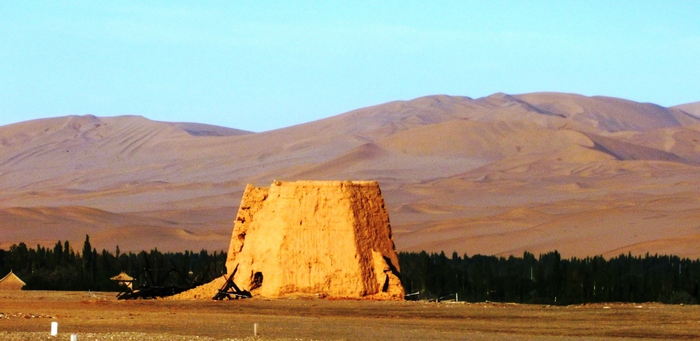
An alarming fact about the Great Wall of China is that this historical monument is gradually disappearing. Despite its initial purpose of withstanding invasions, the wall is succumbing to both natural and human forces. Natural elements such as wind and rain contribute to its erosion, while human activities, including vandalism and uncontrolled tourism, play a significant role in its damage. In some rural areas, they take away bricks for construction purposes, further accelerating its decay.
Recent reports indicate that nearly 30% of the wall has already vanished. If this trend continues unchecked, we may lose this magnificent structure that stands as a testament to human perseverance and architectural ingenuity. This prospect underscores the urgent need for preservation efforts. Everyone, from the Chinese government to international organizations and everyday tourists, must play a role in conserving this irreplaceable part of our global heritage.
Efforts to restore and maintain the wall are already in place. And it’s crucial for these initiatives to receive continued support. As visitors, we should respect this monumental marvel of ancient engineering and do our part in its preservation. After all, the Great Wall of China is more than a tourist attraction. It’s a symbol of a nation’s history and its indomitable spirit, a standing testimony to human tenacity and ingenuity.
Let’s make sure the Great Wall of China remains standing, not just for our generation, but for those to come. Let’s protect the wall that has, for centuries, symbolized protection itself.
Why is the wall of China so famous?
Diving into the depths of Great Wall of China facts, one might wonder why the Great Wall of China is so famous. Beyond its architectural and historical significance, the Great Wall represents an extraordinary human feat. The effort, resilience, and sacrifice embedded in each stone, brick, and watchtower make it a living testament to China’s centuries of cultural evolution and a symbol of its people’s indomitable spirit.
But its allure extends beyond its rich history. The Great Wall of China has a unique aesthetic charm. Its vast, winding expanse against the backdrop of China’s diverse topography – from the rugged mountains, across the sprawling plains and deserts, to the bustling cities – presents an enchanting spectacle. As a UNESCO World Heritage Site, it draws millions of visitors every year. It is standing as an iconic symbol of China’s enduring legacy and indomitable spirit.
So, the next time you witness the panoramic vista of this colossal monument either in person or through a screen, remember, you’re not just looking at a wall. You’re gazing at a grand narrative of human perseverance, ingenuity, and history etched in stone and brick. This Great Wall of China isn’t just a testament to China’s past. It’s a bridge that connects history with the present, fostering a deeper understanding and appreciation of this magnificent civilization.


